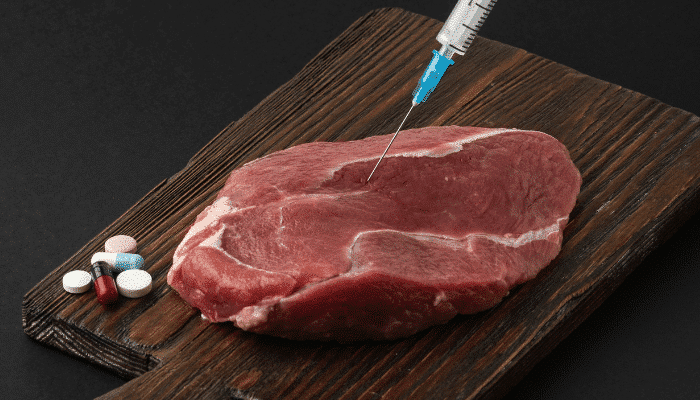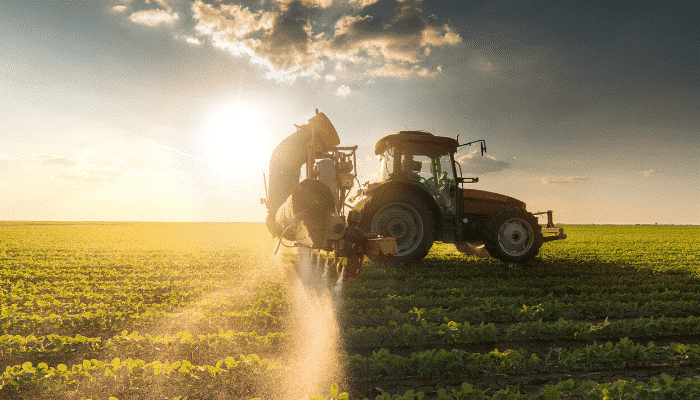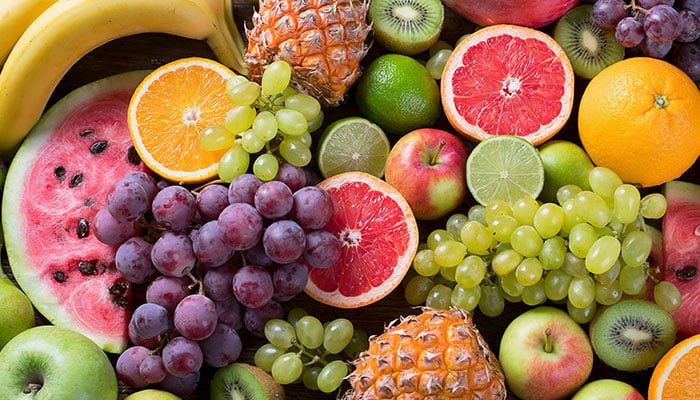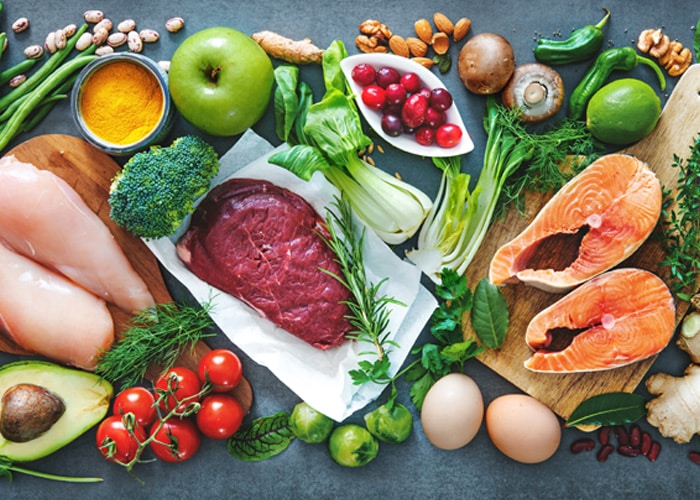
Article réservé aux abonnés


EFSA has published its 2021 report on the results of the monitoring of residues of veterinary medicinal products and unauthorised substances in live animals and animal products.
A total of 621 205 samples were checked by 27 Member States, Iceland and Norway. The non-compliance rate in 2021 was 0.17%, the lowest rate observed in the last 12 years. In 2020, the non-compliance rate was 0.19%.
The presence of unauthorised substances and veterinary drug residues in food is a risk factor for public health.
Three main European texts govern the rules applicable to veterinary residues and prohibited substances:
- Regulation (EU) No 37/2010 sets maximum residue limits for veterinary medicinal products in food-producing animals and products of animal origin.
- Regulation 396/2005 sets maximum residue limits for pesticides in food and feed of plant and animal origin.
- Directive 96/23/EC lays down measures for the monitoring of certain substances and residues thereof, mainly veterinary medicinal products, in live animals and animal products.
The products tested in 2021 are: cattle, pigs, sheep and goats, horses, poultry, rabbit, farmed game, wild game, aquaculture, milk, eggs and honey.
For Group A :
- No non-compliant samples were reported for stilbenes and their derivatives (A1)
- For antithyroid agents (A2), 0.31% of samples were non-compliant for thiouracil.
- In the steroid group (A3), 0.16% of the samples were found to be non-compliant, which represents 0.12% in cattle, 0.18% in pigs, 0.11% in poultry, 1.89% in rabbits and 1.46% in sheep and goats
- In the group of resorcylic acid lactones (A4), 0.05% of the samples were non-compliant. Non-compliant samples were found in cattle (0.06%) and pigs (0.07%).
- Regarding beta-agonists (A5), 2 non-compliant samples were reported, one for clenbuterol and one for sulbatamol found in cattle.
- Prohibited substances (A6) were found in 0.03% of the samples. The substances identified were chloramphenicol, semicarbazide, AMOZ, furaltadone, dimetridazole and AOZ.
For Group B :
- For antibacterials (B1), 0.14% samples were non-compliant. The highest frequency of non-compliant samples for antibacterials was observed in honey (0.96%), with sulfamethazine being the most frequently reported product (3 non-compliant results).
- In group B2 (other veterinary drugs), 0.13% of the samples analysed were non-compliant. The highest proportion of non-compliant samples was found for NSAIDs (non-steroidal anti-inflammatory drugs) (0.25%). Non-compliant samples were reported for the different species as follows: 0.42% for cattle, 0.18% for poultry, 0.75% for equidae, 0.01% for pigs and 0.47% for milk.
- In group B3 (other substances and environmental contaminants), copper, cadmium, total mercury and lead had the highest overall percentage of non-compliant samples (2.59%).
Non-compliant samples were reported for organochlorines (0.13%) and organophosphates (0.02%).
For mycotoxins, non-compliant samples were reported for cattle (0.30%), milk (0.36%) and pigs (0.16%), the substances identified being zearalenone and aflatoxin M1.
For dyes, non-compliant samples were reported for aquaculture (0.40%). The substances found were "the sum of crystal violet and leucocrystal violet" and "the sum of malachite green and leucomalachite green".
For "other substances", non-compliant samples were reported for cattle (1.31%), eggs (0.07%), wild game (12.70%), honey (1.50%) and sheep and goats (1.10%). The substances identified were "copper compounds", acetamiprid, DDAC and fipronil; all four residues are considered as plant protection products and/or biocides.
The detailed results per matrix are available on the EFSA website in the form of an interactive data visualisation tool.
Your Phytocontrol laboratory can assist you in the detection and quantification of a large list of medicinal residues including chloramphenicol under COFRAC accreditation.
You can consult our COFRAC technical appendix N°1-1904 available in your customer area or on the COFRAC website.
Need technical, regulatory and pricing information? Our customer service is available from 8am to 8pm Monday to Friday on +33 188 883 090 or international@phytocontrol.com.
And if you don't want to miss any of the Phytocontrol news, join us on our LinkedIn and Facebook pages!




